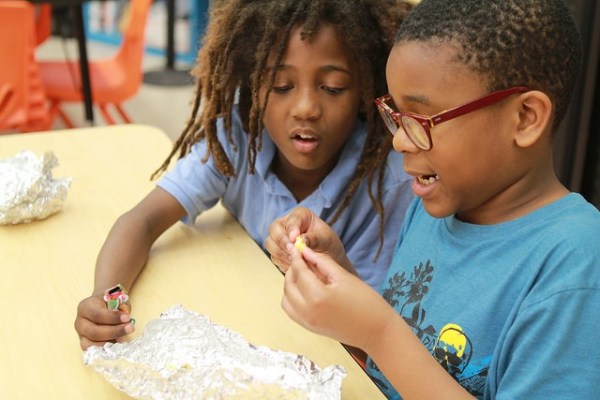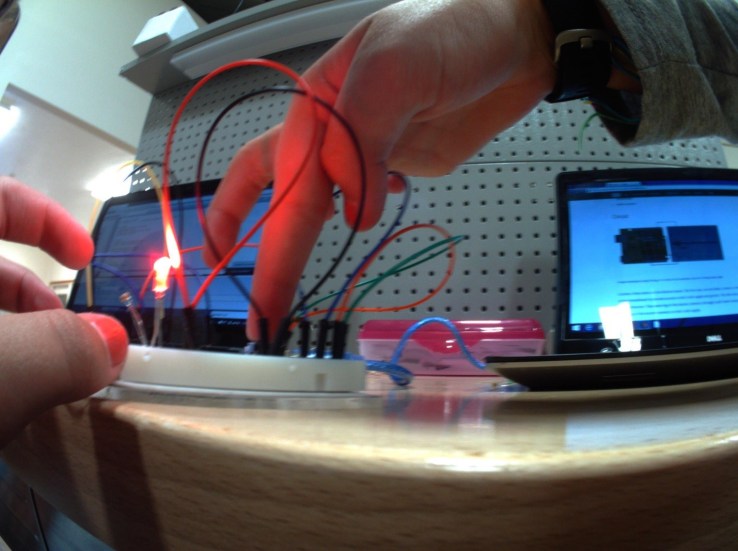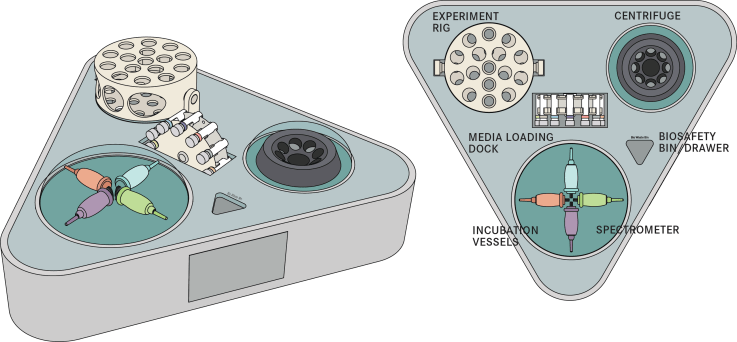To celebrate 2016’s Week of Making (don’t tell me you forgot!), the National Science Foundation has awarded a total of $1.5 million to five small projects looking to get kids involved with STEM topics, creative play and generally making stuff.
It’s not just funding a new gadget or tool library, though — there’s quite a variety of approaches here.
University of Maryland researchers note that maker spaces, while touted as valuable community resources and good entry paths for STEM fields, are often inaccessible to the likes of inner-city youth: Even if they had a maker space nearby, many may not have the time or money to engage with it.
The researchers propose creating a 3D print shop in Baltimore that will be run by local high school kids. The shop will, hopefully anyway, keep a few kids engaged with a passion they might otherwise be unable to pursue — and careful evaluation of the products and kids involved will help set a standard for future projects along these lines.
On a similar note, another project aims to delve into why certain maker spaces successfully attract and integrate various groups underrepresented in STEM fields — women, people of color, people with disabilities — and why some don’t. They propose an ethnographic study of several inclusive organizations and spaces, with an eye toward finding a few best practices.
“Our study will give a rich description of the practices and artifacts employed to establish and maintain environments that are diverse, inclusive, and liberatory,” Virginia Tech’s Donna Riley told the NSF.
Two projects will create focused maker experiences to share with kids of the proper ages. The bioMAKERlab will be for high school kids who want to dabble in synthetic biology. You read that right.
Participants make their own DNA — gene by gene — and then grow their designs into real applications by inserting them into microorganisms to develop different traits and characteristics provided by the genes.
Now, I did a little cloning of my own in college, but this is pretty advanced stuff. If you’re in Philadelphia, watch out for mutants spawned by disgruntled teenagers given the power to control life.
Another program, in Newark, will make a “Mobile Maker Center” that can be deployed in “local science museums, parks, zoos, or libraries” (zoos?) not only to let kids play creatively and teach them about physics and engineering, but at the same time will be studying how those kids engage. No sense wasting that valuable data.
Lastly, and I must admit I harbor a certain level of skepticism toward this one, there is a Utah State project that will outfit students with wearables as they take part in various maker-type activities, in order to track “psychophysiological indications of heightened engagement.”
Maybe I’m old-fashioned, but that seems a bit over the top. Pulse and skin conductivity don’t strike me as valuable indicators that a kid is interested in what they’re doing. As a scientist, I would fear confounding variables. As a teacher, I would worry they’re barking up the wrong tree to begin with. But the fact is I’m not actively either of those things, I’m just a guy. So I look forward to their results.
Each project will receive approximately $300,000 over two years; the grants are part of a program launched a year ago.


